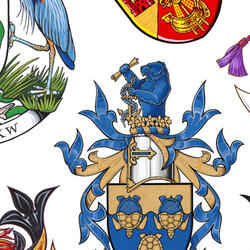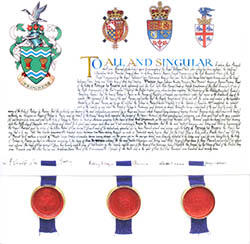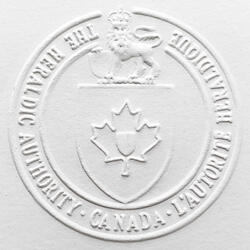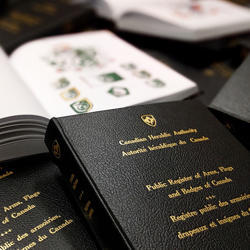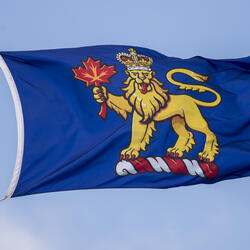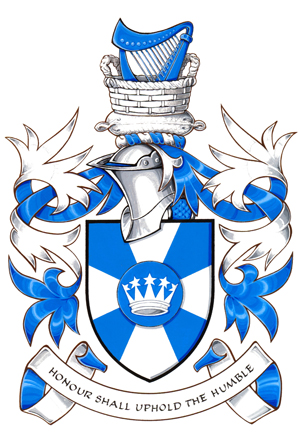 Personal Coat of ArmsA coat of arms tells a story – your story. It is a unique and personal emblem that can be passed down to future generations. Using colours and symbols significant to you, it celebrates your family, your values and your achievements. Think of it as a “selfie” in a traditional form, an image that captures who you are. |
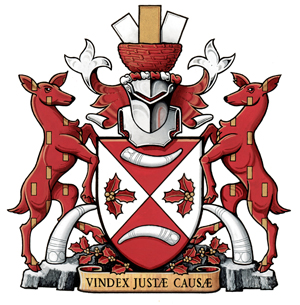 Corporate Coat of ArmsA coat of arms can also serve as a branding tool or a mark of identity for your organization. A corporate coat of arms is thus similar in many ways to a logo. While logos often reflect current design trends, a coat of arms conveys a sense of history, permanence and authority. |
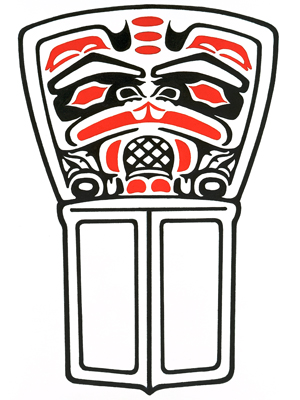 Indigenous EmblemFirst Nations, Métis and Inuit emblems have existed in Canada for centuries and are powerful indications of pride, identity and sovereignty. Rich in meaning, their forms often differ from heraldic emblems such as coats of arms. Indigenous emblems are seen on objects such as clothing, masks, paintings, carvings and totem poles. |
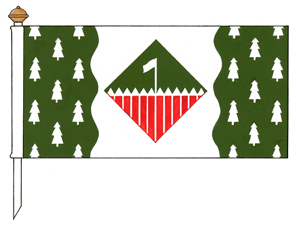 Corporate FlagFlags are perhaps the most universal type of emblem. They provide a simple way of identifying everything from a country to a family cottage. A flag’s colours are often used by people to express their loyalty to a school, sports team, province or cause. |
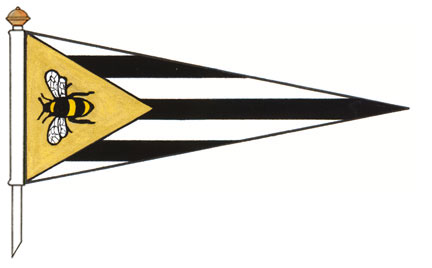 Personal FlagFlags can also be used by individuals and families to indicate their presence, to celebrate their identity and to showcase their heraldic emblems in a different form. They come in a variety of shapes and sizes and can be displayed alone or with other flags. |
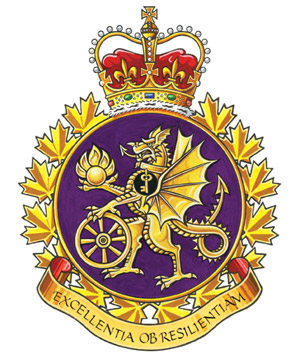 BadgeBadges can express your belonging to a group (for example, the Canadian Armed Forces or police services) or your belief in a cause, somewhat like lapel pins. They are often associated with the exercise of official duties and can be seen on uniforms, vehicles or signage. Badges are an effective way of showing community spirit. |


